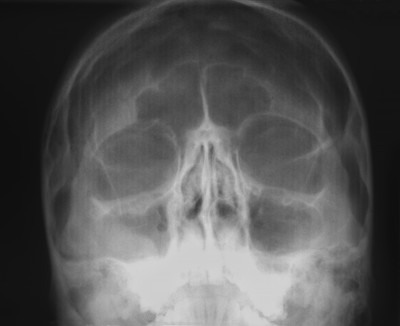Dental Records Could Hold The Key To Early Osteoporosis Diagnosis

Scientists have discovered that dental records could be used to identify osteoporosis risk many years before symptoms of the condition first develop.
Dental researchers at the University of Manchester are pioneering a new technique known as Osteodent, which could determine osteoporosis risk long before the condition actually develops. Dentists are using Osteodent to examine scans and dental records to determine if an individual has an increased risk of osteoporosis.
Osteoporosis is a condition, which causes the bones to become thinner and weaker; it affects around 3 million people in Britain. At the moment there is no way of knowing if a patient has an increased risk of developing osteoporosis and the condition is diagnosed once a patient shows symptoms and a bone density test is carried out.
A British study has indicated that bone scans on the jaw, which are routinely carried out prior to treatment, can reveal signs of deterioration in other bone tissue in the body. Researchers analysed dental X-rays belonging to 5,000 patients between the ages of 15 and 94 and it was revealed that there was no change in bone density until women reached the age of 42; after this, signs of bone deterioration occurred.
Dentists at the University of Manchester use the findings of the study to develop Osteodent software, which assesses a patient’s risk of osteoporosis.
Hugh Devlin, professor of Restorative Dentistry and co-developer of the Osteodent software, said that dentists are in an ideal position to identify early warning signs of many health conditions and as they routinely X-ray the jaw bone before dental treatment, the new software could help to diagnose osteoporosis early, which could save lives and improve the quality of life for many patients.
Join this Discussion










